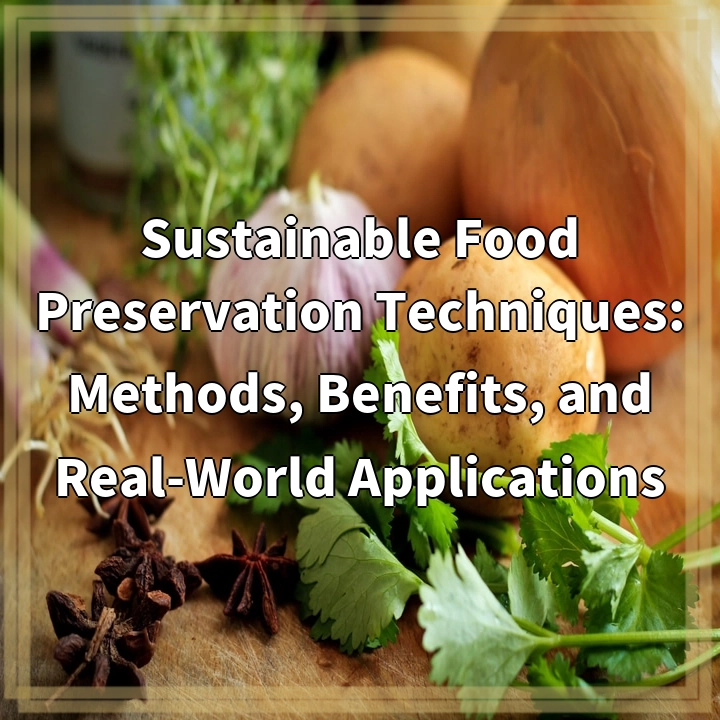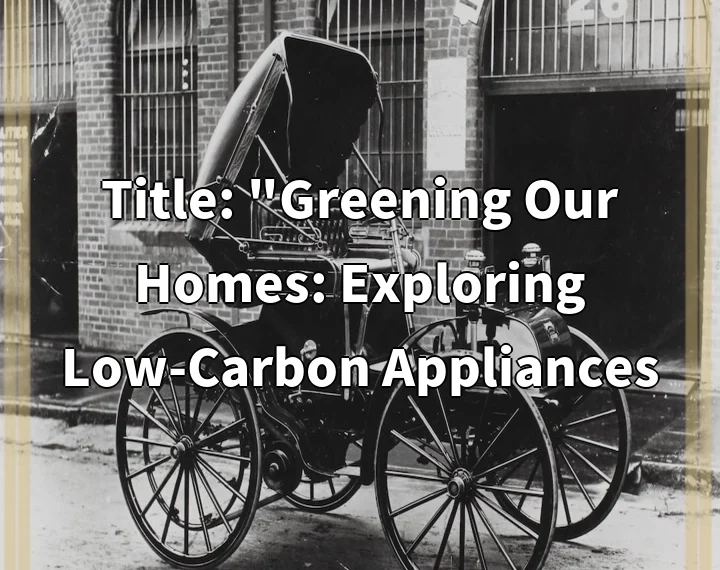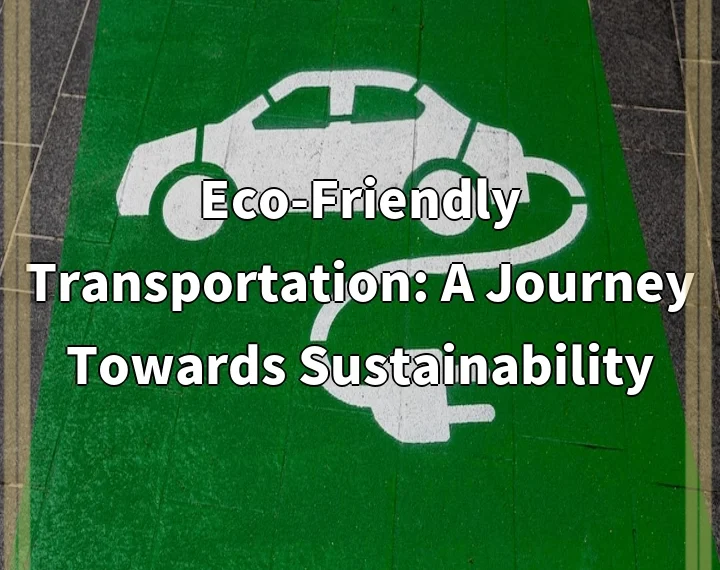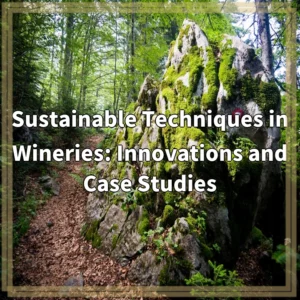
What it is:
Sustainable food preservation techniques refer to methods that extend the shelf life of food while minimizing waste and environmental impact. These methods focus on reducing reliance on chemical additives and energy-intensive processes, promoting the use of natural, low-impact techniques to keep food fresh and nutritious for longer periods. Common sustainable preservation methods include canning, fermenting, dehydrating, and using natural substances for preservation, such as vinegar, salt, or sugar.
Key Methods of Sustainable Food Preservation
1. **Canning**: This longstanding technique involves sealing food in jars and heating them to destroy microbes, thus extending shelf life. When done correctly, it can preserve the nutritional value of fruits, vegetables, and even meats.
2. **Fermentation**: This method utilizes bacteria, yeast, or molds to convert sugars into acids, alcohol, or gases, naturally preserving food. Examples include sauerkraut, kimchi, and yogurt, which not only last longer but also offer health benefits.
3. **Dehydrating**: Removing moisture from food inhibits the growth of bacteria and molds. Dehydrated fruits, vegetables, and herbs can last for months or even years, making them an excellent sustainable option for food storage.
4. **Natural Preservatives**: Utilizing ingredients like vinegar, salt, and sugar in food preservation methods can inhibit spoilage while keeping the process eco-friendly. These options are often safer and healthier alternatives to synthetic preservatives.
Real-World Problems
Sustainable food preservation techniques face several real-world challenges that impact their effectiveness and adoption:
1. Accessibility and Education
Many communities lack access to resources and knowledge about sustainable food preservation. Educational initiatives are essential to teach individuals and families how to implement these techniques successfully. Without proper education, many may resort to less sustainable methods.
2. Food Safety Concerns
Improper use of food preservation techniques can lead to foodborne illnesses. It’s critical that individuals understand safety protocols when preserving food at home, as mistakes in methods like canning or fermenting can result in harmful bacteria growth, such as botulism.
3. Economic Barriers
In some regions, the initial cost of equipment for sustainable food preservation, such as canning jars or dehydrators, can be a barrier for low-income families. Financial constraints can limit access to healthy foods and preservation practices, perpetuating food insecurity.
4. Cultural Acceptance
In certain cultures, traditional food preservation methods may be overshadowed by modern conveniences like refrigeration and freezing. Reintroducing sustainable techniques requires cultural consideration and adaptation to local preferences and practices.
Addressing these challenges is vital for promoting sustainable food preservation practices, which in turn contribute to reducing food waste and enhancing food security across communities.

Solutions to Promote Sustainable Food Preservation Techniques
To effectively implement and expand the use of sustainable food preservation techniques, several solutions can be adopted to overcome the challenges identified.
1. Educational Initiatives
Developing community-based programs that focus on training individuals in sustainable food preservation methods can empower people with knowledge and skills. Workshops, online courses, and informational resources can help demystify techniques like canning, fermenting, and drying.
2. Improved Access to Resources
Program partnerships with local organizations and governments can help provide affordable preservation tools and equipment to low-income families. Community kitchens or resource centers can be established to share equipment and knowledge, thus making these techniques more accessible.
3. Safety Protocols and Guidelines
Creating clear guidelines and resources for safe food preservation practices can reduce health risks associated with improper methods. This could involve the distribution of pamphlets or online resources that emphasize safety measures when canning, fermenting, and preserving food.
4. Cultural Engagement and Sensitivity
Engaging with local communities to incorporate traditional practices can bridge the gap between modern techniques and cultural preferences. Workshops that respect and build upon existing culinary traditions can facilitate acceptance and enthusiasm for sustainable methods.
5. Advocacy and Awareness Campaigns
Raising awareness through social media campaigns, blogs, and public events can foster interest in sustainable food practices. Highlighting the environmental benefits, alongside health advantages, can encourage more individuals to adopt these techniques.
By focusing on education, accessibility, safety, cultural engagement, and advocacy, communities can effectively promote sustainable food preservation techniques, thus contributing to reduced food waste and enhanced food security.















